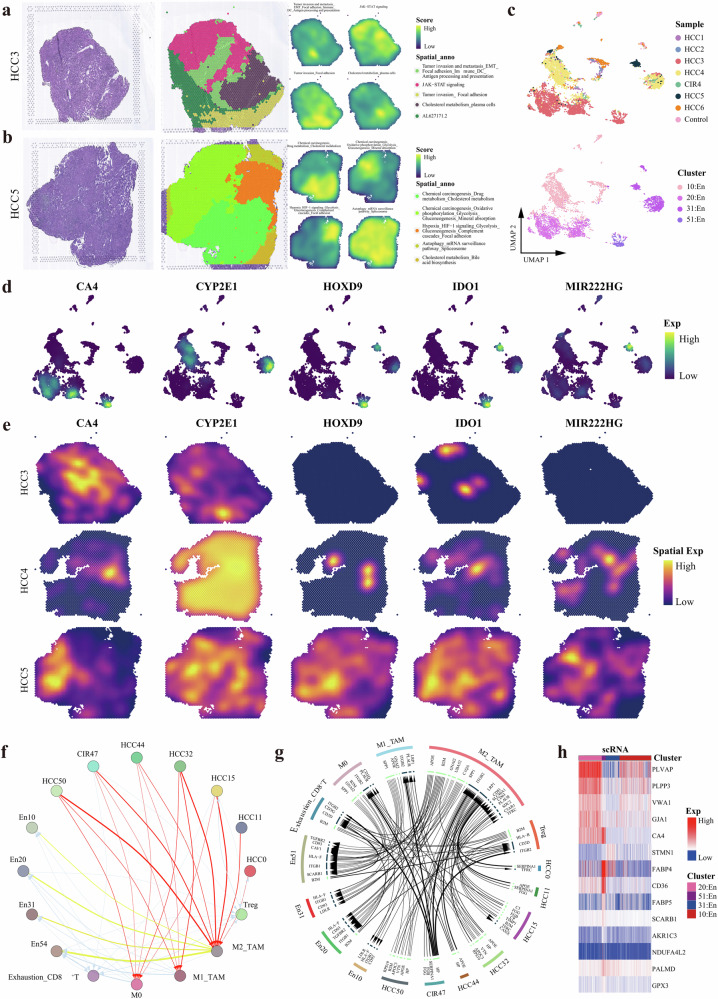Fig. 7. Ecological niche of angiogenesis in HCC.
H&E staining(left), and spatial cluster distribution of section (middle) labeled by colors, and density plots of specific gene sets of spatial cluster (right) for HCC3 (a) and HCC5 (b), defined into different spatial blocks. c UMAP plot showing the endothelial cells for HCC3, HCC4 and HCC5, with different colors-codes denoting lesions origin (upper) and cell clusters (down). d UMAP plot showing the distribution of specific markers of each endothelial cell subclusters. e Spatial feature plots showing the expression of selected markers of each endothelial cell subclusters for HCC3, HCC4, and HCC5. f Bubble plot showing the intercellular communications among HCC cell, endothelial cell, and immune cell subpopulations, with each bubble denoting the cell identity and line thickness denoting the strength of intercellular interactions. g Circos plot showing intercellular communication network of each HCC cell, endothelial cell, and immune cell subpopulations with a high confidence level, with each arrow denoting the interaction between the source cell ligand and target cell receptor, and the arrow thickness denoting the number of ligand-receptor interaction pairs. h Heatmap representing the average expression of ecological niche genes of angiogenesis at the single-cell level. See also Supplementary Fig. 4 and Supplementary Table 8.

